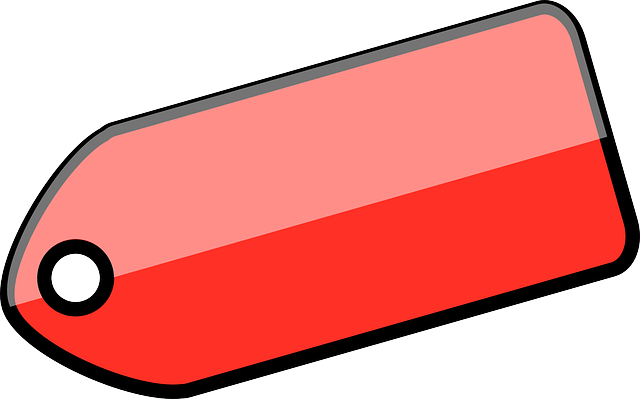Effective management of yard waste, including leaves, grass clippings, and branches, is crucial for both aesthetics and environmental reasons. By separating compostable from denser materials and utilizing community services or chipper/shredders, sustainable practices can reduce landfill debris, conserve resources, minimize greenhouse gas emissions, and promote greener neighborhoods through recycling into compost or mulch.
Tired of struggling with yard waste removal? This comprehensive guide simplifies lawn debris disposal, offering insights into understanding various types of yard waste and their environmental impact. We break down simple steps for effective management and highlight the numerous benefits of recycling yard waste—a greener approach that fosters a sustainable landscape. Discover how you can make a difference in your community through responsible yard waste removal and recycling practices.
- Understanding Yard Waste: Types and Their Impact
- Simple Steps for Effective Lawn Debris Disposal
- Benefits of Recycling Yard Waste: A Greener Approach
Understanding Yard Waste: Types and Their Impact

Yard waste, a term encompassing a variety of organic materials from your lawn and garden, includes leaves, grass clippings, branches, and other plant debris. Effective yard waste removal and recycling are essential not only for aesthetic reasons but also for environmental sustainability. Improper disposal methods can contribute to pollution, as decomposing organic matter releases greenhouse gases.
Understanding the different types of yard waste and their potential impacts is crucial for responsible disposal. For instance, leaves and grass clippings, when properly composted, enrich soil structure and promote plant health. Conversely, branches and woody debris may require separate processing due to their harder density. Responsible management of these materials through recycling or proper landfill disposal ensures a more sustainable approach to yard waste removal.
Simple Steps for Effective Lawn Debris Disposal

Disposing of lawn debris doesn’t have to be a daunting task. By following simple, sustainable practices, you can effectively manage and recycle yard waste. Start by gathering all grass clippings, leaves, twigs, and other organic materials from your lawn. Next, separate these items based on their composition – grass clippings can often be recycled back into the soil as compost, while leaves might be suitable for a local composting program or yard waste removal service.
Consider using a chipper/shredder to reduce larger debris like branches and thick twigs into smaller, manageable pieces. This not only makes disposal easier but also creates nutrient-rich chips that can enhance your garden’s soil structure and fertility. Many communities offer dedicated yard waste removal services, ensuring proper disposal and recycling of these materials, thereby reducing the environmental impact and promoting a greener, more sustainable neighborhood.
Benefits of Recycling Yard Waste: A Greener Approach

Recyling yard waste is a beneficial practice that offers both environmental and practical advantages. By implementing proper recycling methods, individuals and communities can significantly reduce the amount of debris ending up in landfills. This sustainable approach plays a crucial role in minimizing the environmental impact of yard waste removal and promotes a greener lifestyle.
One of the key benefits is the conservation of natural resources. Instead of discarding organic materials like leaves, grass clippings, and twigs, recycling allows for their reuse as compost or mulch. This not only reduces the need for new resources but also fosters a more circular economy where waste becomes valuable input for gardening and landscaping activities. Moreover, it helps in cutting down greenhouse gas emissions associated with traditional yard waste disposal methods, contributing to a healthier planet.
Lawn debris disposal no longer has to be a chore. By understanding different types of yard waste, implementing simple steps for effective disposal, and embracing the benefits of recycling, you can contribute to a greener environment while keeping your landscape looking its best. Incorporating these practices into your routine not only reduces waste but also fosters a sustainable approach to yard care. So, take action and make yard waste removal and recycling a seamless part of your outdoor maintenance regimen.

